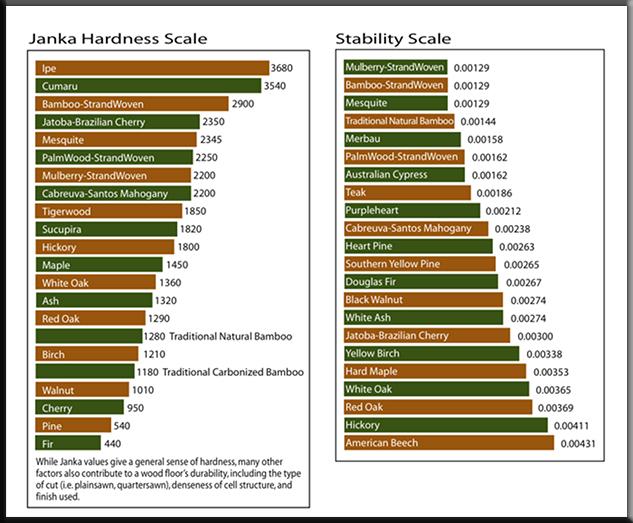Spreading an even layer of regular old water on your floor after it is sanded and before it's stained. I know, the first time I was introduced to the idea I thought it was strange too. However, wood is a hygroscopic material; which is a fancy way of saying that it absorbs and releases moisture. The same mechanism that transports water through the tree while it is alive will continue to function while that wood is now a part of your beautiful floor. Now this moisture cHan come from humidity in the air (this is why you may see gaps in your floor in the low humidity winter months, but not the summer months), it can come from leaks, (pet leaks included) or from us intentionally putting water on your floor. When we do this, the wood absorbs that water by opening up its grain.
This process is important because, as discussed elsewhere on this site, sanding has to be done very meticulously when stain is going to be used. Because of this, we like to sand a little finer than if we were not going to stain the floor (we like all machines to go up to 120 grit for stain jobs). Now that's all fine and dandy, but as you sand the wood finer you close off more and more of its grain. If we were to just stain without water popping, the pigment in the stain would not be able to deeply penetrate the wood. A simple thing, such as starting a new piece of sandpaper, can close the grain in a different way than when that sandpaper is towards the end of it's life, resulting in a blotchy stain job. Water popping the floor before staining avoids all of those issues while at the same time providing a rich, deep color that people love. We let the water dry over night and then the next day the floor is ready to be stained. This process is unnecessary on light stain colors (golden oak and lighter), because they do not contain much pigment; therefore you don't have to worry about blotchiness. All in all, the process of water popping adds a little work and a day on to the timeline, but it enhances the beauty and color of your finished flooring.


